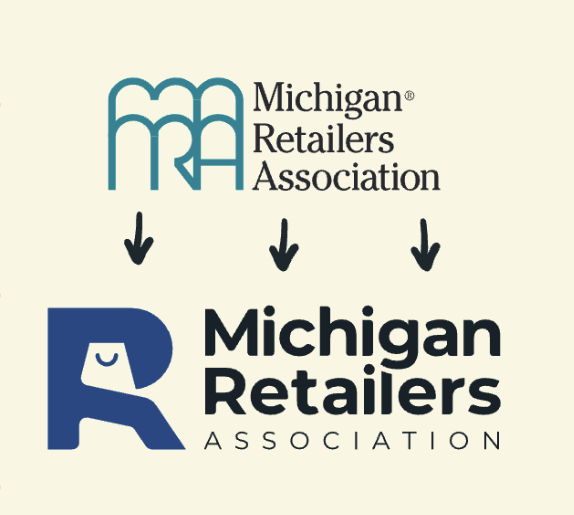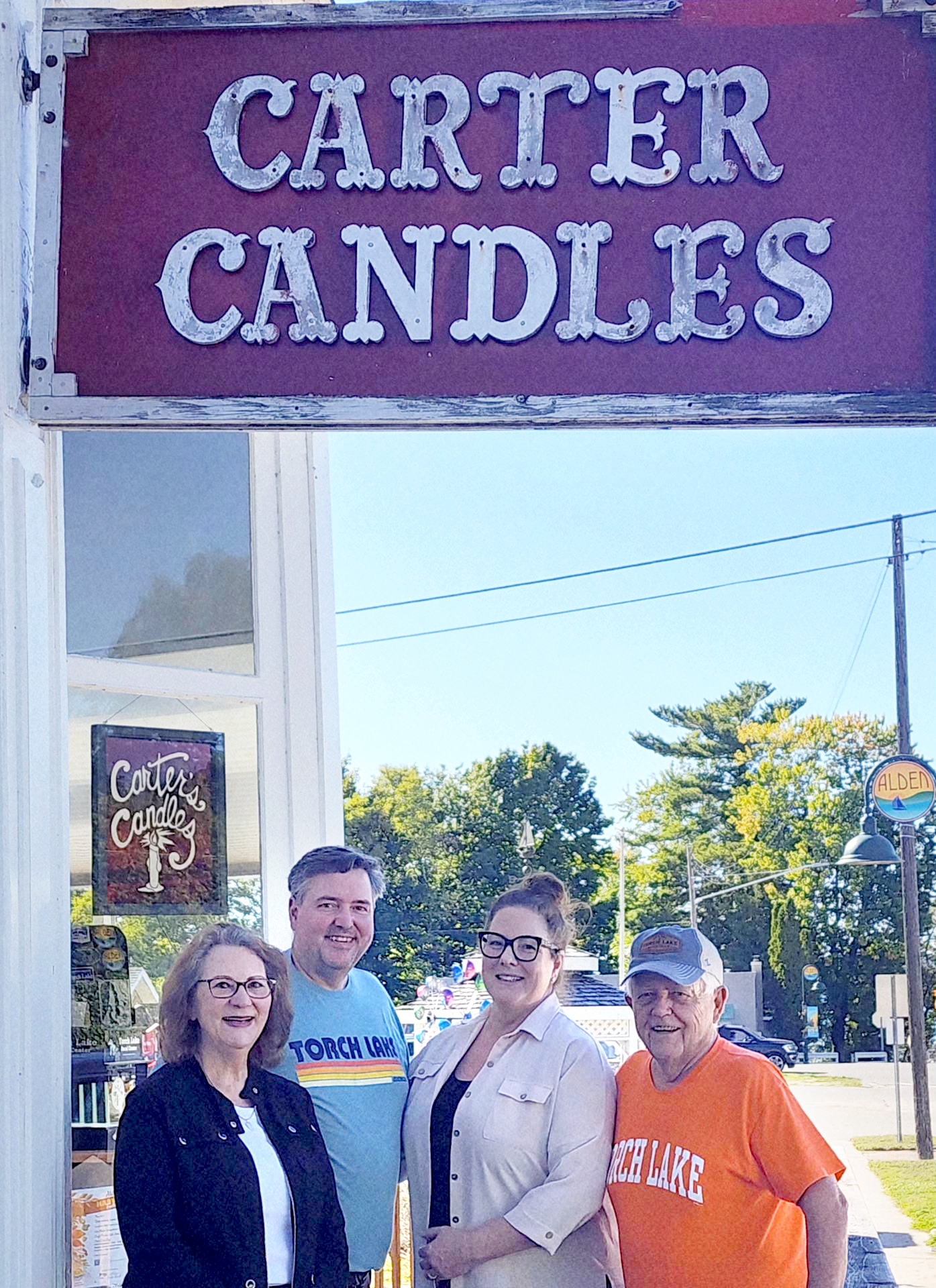Early signs point to ApplePay indeed becoming the predicted “rising tide” that floats all payment boats, at least the contactless ones.
With the recent rollout of Apple’s new iPhone 6 and 6 Plus, along with the announcement that the iWatch will be here early in 2015, the payments processing landscape is clearly changing.
News stories report that retailers are already seeing thousands of ApplePay transactions via “tap and go” (a.k.a Near Field Communication, a.k.a. “contactless”). They also are seeing consumer interest in other contactless transaction vehicles, such as Google Wallet.
According to published accounts, 50 percent of the tap-and-go transactions at a major chain of fast food restaurants are now iPhone transactions. Similarly, a nationwide organic food grocer has already seen more than 150,000 iPhone transactions.
And the new phones have only been available for a couple months. Imagine those numbers six months or a year from now.
Be Ready
Are you ready to accept this next way to pay? Truly ready?
As a merchant who accepts payment for goods and services, you should be listening to your consumers as they attempt to use different forms of payment in your business.
Whether or not you are a fan of Apple, a significant number of your customers carry some type of Apple iOS device with them everyday. They will eventually ask to use it in your business, and if you don’t have that payment option available they may elect to go elsewhere to purchase.
Even if a customer uses another type of card to complete the current purchase, will that customer come back the next time?
Of particular interest to retailers who sell to the millennial generation (formerly known as Gen Y), a study by Nielsen Co. shows that more than 85 percent of consumers between the age of 18 and 34 own smart phones. Other published reports show that, nationally, more than 26 percent of these smart phones are iPhones.
I would venture a guess that the iPhone population is curved toward the younger generation and, therefore, even more than 26 percent of the millennials are carrying iOS devices. If you are selling in the 18-34 space, you will see (if you are not already seeing) consumers asking to use their iPhones as the payment device.
Two Parts
A lot of retailers are asking how contactless payments work. It’s a two-part answer.
The first is hardware related. You (as the merchant) must have a credit card device able to read the contactless chip that is built into the iPhone (and any other NFC device). This hardware is currently available and is being deployed today. In most cases, your current terminal cannot do the job unless you have recently upgraded your equipment.
The second part of the process is to have software downloaded into your terminal so you can handle a transaction when a consumer elects to use contactless as a payment option. While we have software that will work in the new terminal for traditional card transactions, the software for contactless is in the final stages of development by the various credit card processors and will be available to download into your NFC-ready device shortly.
Once you have these two parts, you can process any NFC transaction just like a swipe transaction. These transactions will be treated just like any other swipe transaction. The same rates will apply.
These new terminals also will be able to handle the new EMV chip cards that some card issuers are sending to their cardholders. These EMV chip cards are harder to counterfeit and offer some otherprotections to the merchant by making it harder for the bad guys to use stolen data for fraudulent transactions.
If you have not already considered upgrading your POS equipment, please take a minute and contact your merchant services provider to discuss the options available to you. The tide of iPhones may become a tsunami, and you need to be ready for it.
John Mayleben CPP is Michigan Retailers Association senior vice president, technology and product development, and a national expert on electronic payment processing. He was the first person in Michigan and among the first in the nation to receive the Certified Payments Professional designation from the Electronic Transactions Association.






